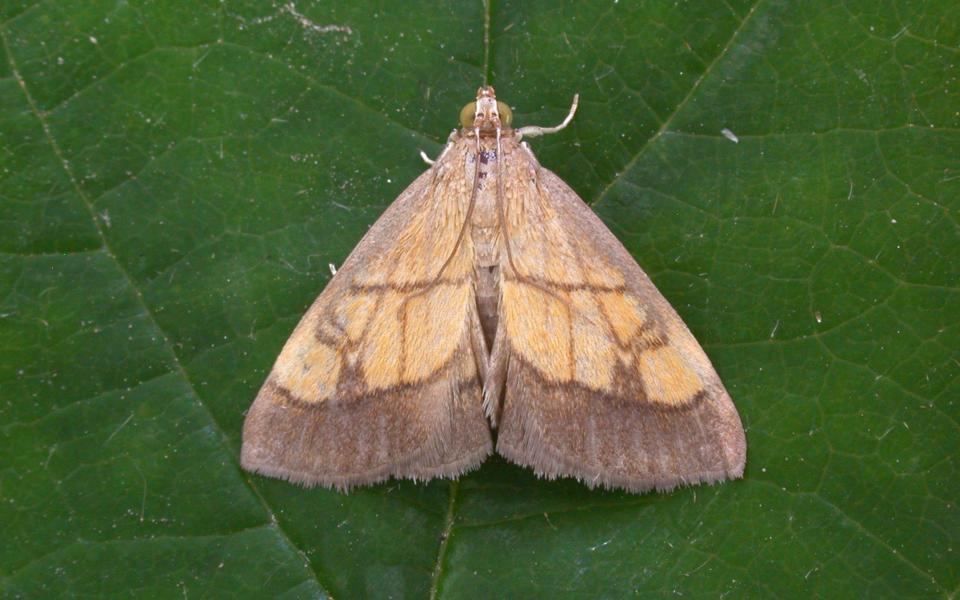Washing clothes at 30 degrees is helping moths thrive

Moths are thriving because of a growing energy efficient trend which has seen people wash clothes at 30C, a pest firm has claimed.
Rentokil said callouts to moth infestations had increased by more than 110 per cent from April to May and by 60 per cent over the last four years.
A survey by the company found that 54 per cent of people said they wash their clothes at 30C but didn’t five years ago. Rentokil warned that 55C was the temperature required to kill moth larvae.
David Cross, from Rentokil, said: "Washing clothes at high temperatures or having them dry cleaned are practical methods to help remove moth larvae from clothing."
The survey also found that 52 per cent of people said they now buy fewer items of clothing than they did give years ago, and instead choose good-quality clothes which will last longer, which could be exacerbating the problem.

Rentokil said higher-quality clothes were often made with natural materials such as wool and silk which contain a protein called keratin, the preferred food for moth larvae.
The survey found 13 per cent of respondents have had a moth problem, suggesting that more than 6.8 million Britons have experienced damage due to larvae feeding on their clothes.
Mr Cross, added: “May's unseasonably warm temperatures and the early start to summer has helped to create the perfect conditions for moths to breed and potentially thrive in British households.
“With a prolonged breeding season, clothes and soft furnishings in British homes could be at increased risk to damage caused by moth larvae feeding on the natural fibres they contain.”
Earlier this year English Heritage released the results of a survey launched after experts saw the numbers of common or webbing clothes moths double, and observed the appearance of the pale-backed clothes moth.
The survey, which saw thousands of traps handed out at English Heritage sites and received data from 42 counties, discovered an "alarmingly high" number of the new species, the pale-backed clothes moth.
It also revealed that the reported catch of the common clothes moth was significantly higher in London and the South East, where an average 23 moths were found per trap, than anywhere else in England.
The top tips for preventing clothes moth infestations include checking for moths in the creases, folds and behind labels of clothing, keeping items in vacuum bags, and taking out clothes from the wardrobe and giving them a good shake at least once a month to disturb the moths.

 Yahoo News
Yahoo News 